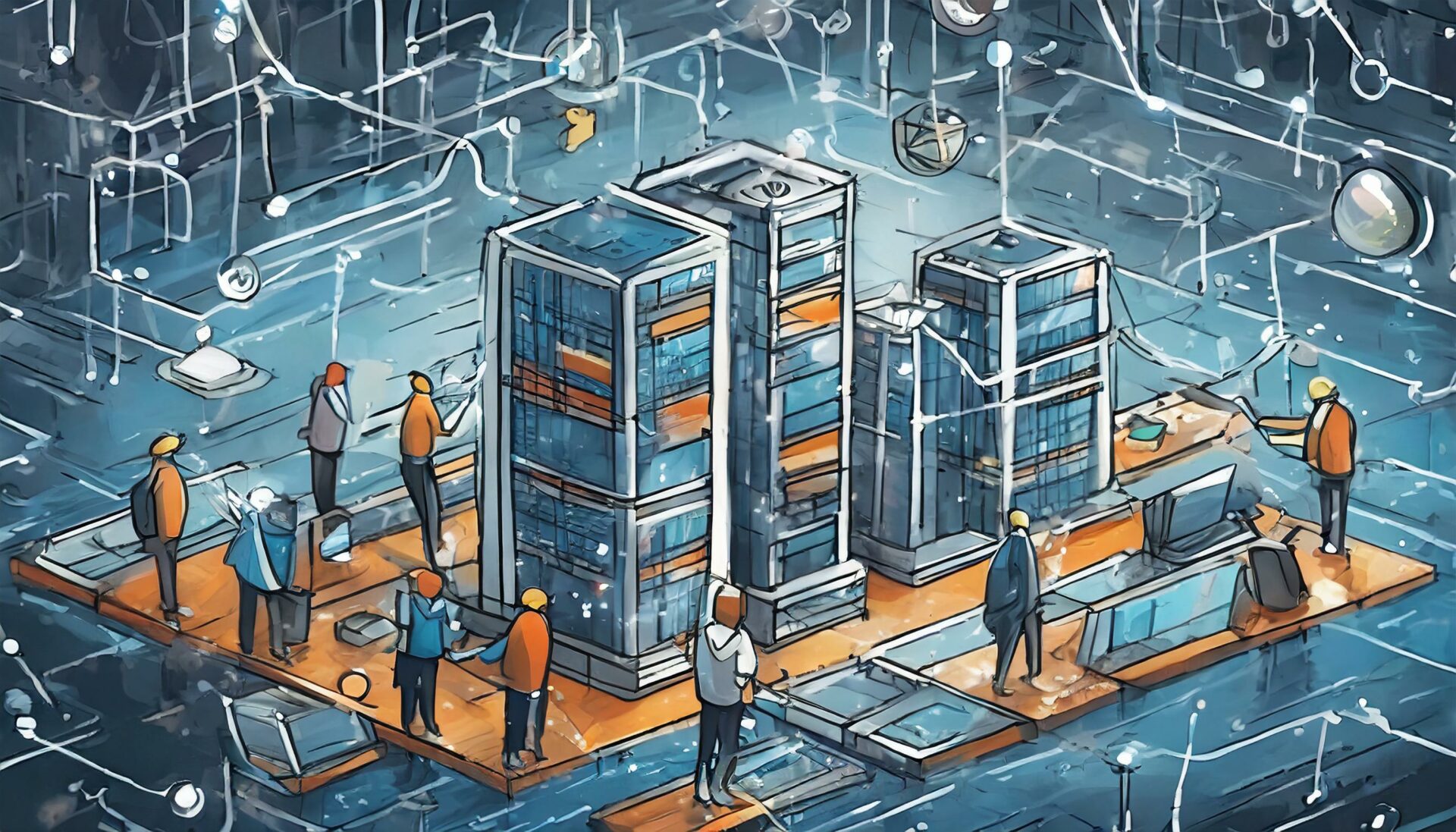After diving into the sea of AI/ML discussions at re:Invent 2023, it’s refreshing to turn our focus to the foundational elements of technology: resilient architectures. Here, we’ll explore key insights that stand out for their practical implications.
Distributed Monitoring
Building a system that stands the test of time and demand begins with knowing what’s happening under the hood. Let’s break down the facets of monitoring distributed systems.

The Right Amount of Data
In the world of monitoring, more isn’t always better. Take a banking system, for example, where every transaction is sacred. Contrast this with monitoring, where the goal isn’t to catch every data point but to capture a representative sample. This selective approach minimizes the burden on your system, allowing for efficient operation without compromising insight.
Alerting: The Art of Prioritization
Alert systems must cut through the noise to deliver messages that are clear, timely, and crucial. This means alerts should provide enough detail to pinpoint issues quickly, distinguishing between situations that need immediate intervention and those that don’t. This is where push and pull type alerts come into play:
- Push Alerts: These are the ones you want landing directly with the people responsible, indicating issues that require urgent attention. Think of services like PagerDuty that wake someone in the middle of the night because a critical component went down.
- Pull Alerts: Contrarily, these are designed for issues that can wait, aggregated in channels like Slack or on dashboards, where they can be reviewed during regular working hours. This distinction helps prevent alert fatigue, ensuring that when a push alert goes off, it’s recognized as a call to action.
Resilience Requirements
The pursuit of resilience begins with a clear understanding of what your system truly needs. The default aim for 100% uptime across all components is not just unrealistic; it’s often unnecessary and expensive.
Tailoring Your Needs
Differentiating between critical and non-critical components allows for strategic allocation of resources. For instance, a web store’s payment system is vital, whereas its recommendation engine might tolerate some downtime. This prioritization is key to balancing operational costs with system reliability.
Technical Deep Dive

Shared Fate
The reality of distributed systems is that components often depend on each other, creating a shared fate. Acknowledging these dependencies is vital for troubleshooting and resilience planning. When a database goes down, understanding its impact on associated services helps in coordinating a swift response.
Decoupling
The essence of decoupling lies in minimizing dependencies, which is particularly important when integrating external services. The rule of thumb is: the less control you have, the more you should decouple. This strategy helps isolate faults, preventing a domino effect across your system.
Hedging
Hedging is a technique employed to ensure responsiveness, particularly useful when dealing with multiple instances of a service. By sending the same request to several instances and moving forward with the first response, you can significantly reduce latency. However, this approach requires requests to be idempotent and is best used judiciously, considering its cost and complexity.
In Conclusion
Building resilient systems is a dynamic challenge, inviting ongoing dialogue and exchange of ideas. What strategies have you found effective in your pursuit of resilience? Share your experiences and join the conversation below.

Building resilient systems is a dynamic challenge, inviting ongoing dialogue and exchange of ideas. What strategies have you found effective in your pursuit of resilience? Share your experiences and join the conversation below.



